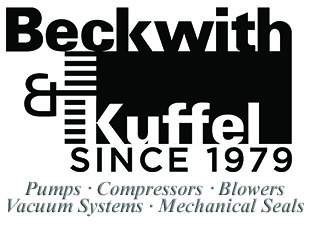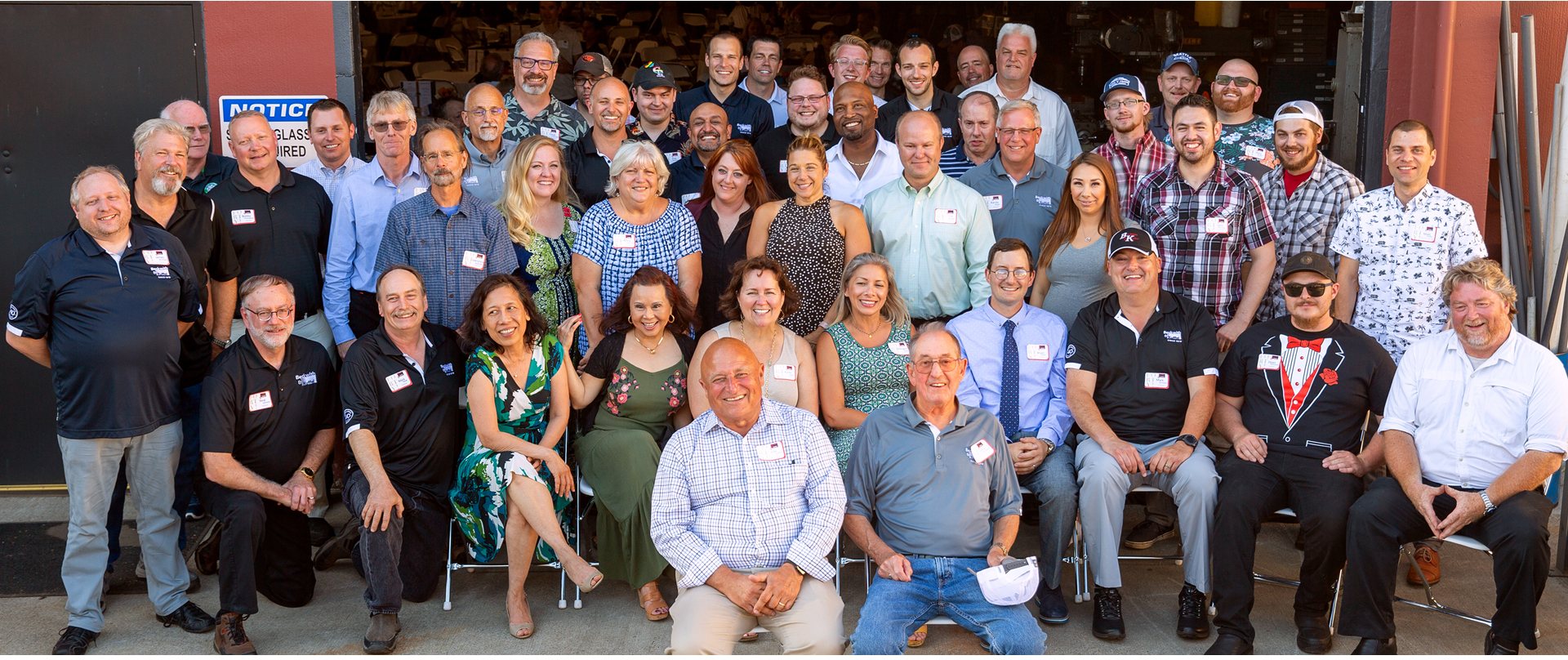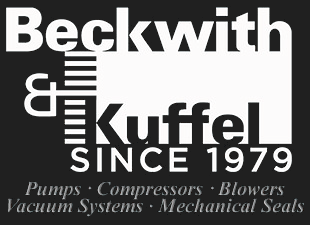Corrosion
Corrosion is the destructive attack of a metal by chemical or electra-chemical reaction with its environment. It is important to understand the various types of corrosion and factors affecting corrosion rate to properly select materials.
TYPES OF CORROSION
1. Galvanic corrosion is the electro-chemical action produced when one metal is in electrical contact with another more noble metal, with both being immersed in the same corroding medium called the electrolyte. A galvanic cell is formed and current flows between the two materials. The least noble material called the anode will corrode while the more noble cathode will be protected. It is important that the smaller wearing parts in a pump be of a more noble material than the larger more massive parts, as in an iron pump with bronze or stainless steel trim.
Following is a galvanic series listing the more common metals and alloys.
| Corroded End (Anodic, or least noble) | Nickel base alloy (Active) |
| Magnesium | Brasses |
| Magnesium Alloys | Copper |
| Zinc | Bronzes |
| Aluminum 2S | Copper-Nickel Alloy |
| Cadmium | Monel |
| Aluminum 175T | Silver Solder |
| Steel or Iron | Nickel (Passive) |
| Cast Iron | Nickel Base Alloy (Passive) |
| Stainless Steel, 400 Series (Active) | Stainless Steel, 400 Series (Passive) |
| Stainless Steel, Type 304 (Active) | Stainless Steel, Type 304 (Passive) |
| Stainless Steel, Type 316 (Active) | Stainless Steel, Type 316 (Passive) |
| Lead-tin Solders | Silver |
| Lead | Graphite |
| Tin | Gold |
| Nickel (Active) | Platinum Protected End (Cathodic, or most noble) |
2. Uniform Corrosion is the overall attack on a metal by a corrod-ing liquid resulting in a relatively uniform metal loss over the exposed surface. This is the most common type of corrosion and it can be minimized by the selection of a material which offers resistance to the corroding liquid.
3. Intergranular corrosion is the precipitation of chromium carbides at the grain boundaries of stainless steels. It results in the complete destruction of the mechanical properties of the steel for the depth of the attack. Solution annealing or the use of extra low carbon stainless steels will eliminate intergranular corrosion.
4. Pitting Corrosion is a localized rather than uniform type of attack. It is caused by a breakdown of the protective film and results in rapid pit formation at random locations on the surface.
5. Crevice or Concentration Cell Corrosion occurs in joints or small surface imperfections. Portions of the liquid become trapped and a difference in potential is established due to the oxygen con-centration difference in these cells. The resulting corrosion may progress rapidly leaving the surrounding area unaffected.
6. Stress Corrosion is the failure of a material due to a combina-tion of stress and corrosive environment, whereas the material would not be affected by the environment alone.
7. Erosion-Corrosion is the corrosion resulting when a metal?s protective film is destroyed by high velocity fluids. It is distinguished from abrasion which is destruction by fluids containing abrasive solid particles.
The pH of a liquid is an indication of its corrosive qualities, either acidic or alkaline. It is a measure of the hydrogen or hydroxide ion concentration in gram equivalents per liter. pH value is expressed as the logarithm to the base 10 of the reciprocal of the hydrogen ion concentration. The scale of pH values is from zero to 14, with 7 as a neutral point. From 6 to zero denotes increasing hydrogen ion con-centration and thus increasing acidity, and from 8 to 14 denotes increasing hydroxide ion concentration and thus increasing alkalinity.
The table below outlines materials of construction usually recommended for pumps handling liquids of known pH value
| pH Value | Material of Construction |
| 10 to 14 | Corrosion Resistant Alloys |
| 8 to 10 6 to 8 4 to 6 |
Iron, Stainless Steel, Bronze, Carbon Steel |
| 0 to 4 | Corrosion Resistant Alloys |
The pH value should only be used as a guide with weak aqueous solutions. For more corrosive solutions, temperature and chemical composition should be carefully evaluated in the selection of materials of construction.



